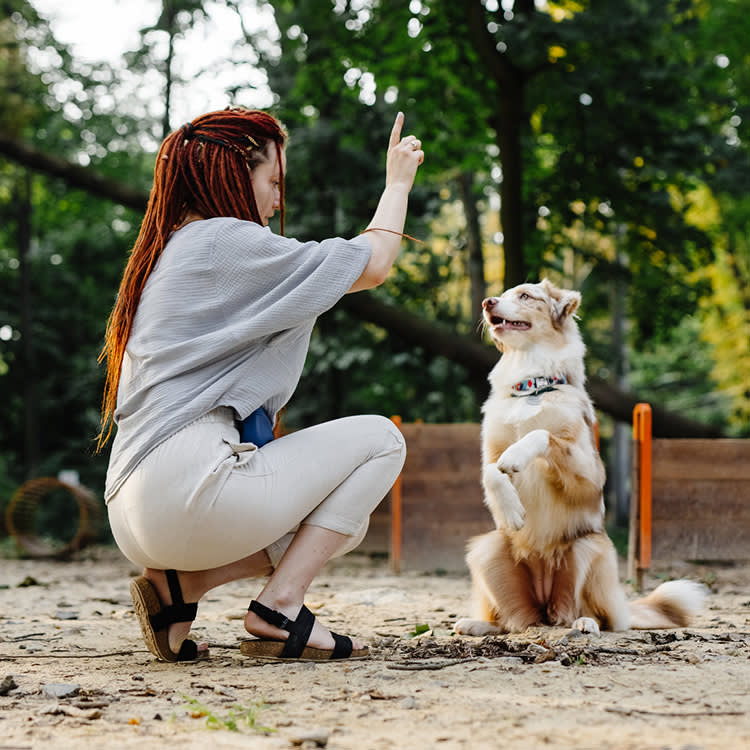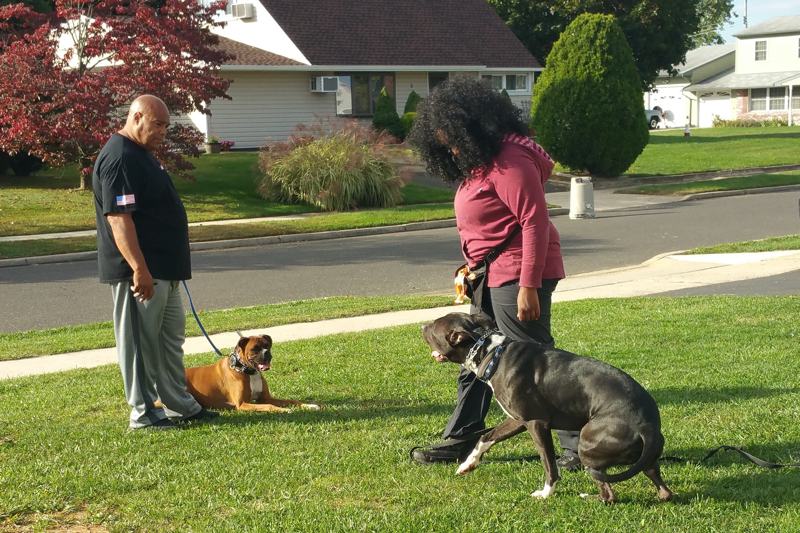Animal Behavior & Training: Insights into Animal Psychology
Introduction
Understanding animal behavior and psychology is crucial for effective animal training and care. Whether you are a pet owner, a professional trainer, or simply interested in the fascinating world of animals, gaining insights into their behavior can enhance your interactions and improve their overall well-being.
Understanding Animal Behavior
Animals have their own unique ways of communicating and behaving, which is influenced by their instincts, environment, and past experiences. Understanding animal behavior is crucial for effective training and building a strong bond with our furry friends.
The Role of Animal Psychology
Animal psychology is the study of how animals think, feel, and behave. It helps us gain insights into their cognitive abilities, emotions, and motivations. By understanding animal psychology, we can tailor our training methods to suit their individual needs and enhance their overall well-being.
Instincts and Behavior
Animals are born with certain instincts that guide their behavior. These instincts are innate and help them survive in their natural habitats. For example, a cat’s instinct to hunt or a dog’s instinct to protect its territory. Understanding these instincts can help us train animals more effectively by tapping into their natural behaviors.
Learning and Conditioning

Animals, like humans, have the ability to learn and adapt to their surroundings. Through a process called conditioning, animals can associate certain behaviors with rewards or punishments. Positive reinforcement, such as treats or praise, can encourage desired behaviors, while negative reinforcement can discourage unwanted behaviors.
Emotions in Animals
Contrary to popular belief, animals experience a wide range of emotions. They can feel joy, fear, anger, and even empathy. Understanding their emotional states is crucial for training and ensuring their well-being. For example, a fearful dog may require a different approach to training compared to a confident one.
Empathy and Social Bonds
Many animals, especially social species, form strong bonds with their fellow group members. They can display empathy towards each other and even engage in cooperative behaviors. Recognizing and nurturing these social bonds can greatly enhance the training process and strengthen the human-animal relationship.
Training Techniques
There are various training techniques that can be used to modify animal behavior. The choice of technique depends on the individual animal, their temperament, and the desired outcome. Some common training techniques include:
Summary
This blog post will delve into the field of animal behavior and training, providing valuable insights into the psychology of various animal species. We will explore the importance of understanding their natural instincts, social structures, and communication methods. By comprehending these fundame her explanation ntal aspects, we can develop effective training techniques that are based on positive reinforcement and respect for the animal’s individual needs.
- Q: What is animal behavior?
- A: Animal behavior refers to the actions, reactions, and patterns of behavior exhibited by animals in response to their environment or stimuli.
- Q: Why is understanding animal behavior important?
- A: Understanding animal behavior is crucial for various reasons, such as improving animal welfare, enhancing training techniques, and promoting conservation efforts.
- Q: What is animal training?
- A: Animal training is the process of teaching animals specific behaviors or tasks through positive reinforcement, conditioning, and repetition.
- Q: How does animal training work?
- A: Animal training works by using rewards, such as treats or praise, to reinforce desired behaviors and discourage unwanted behaviors.
- Q: Can all animals be trained?
- A: Yes, most animals can be trained to some extent. However, the ease and success of training may vary depending on the species, individual temperament, and desired behavior.
- Q: What is positive reinforcement in animal training?
- A: Positive reinforcement involves rewarding desired behaviors to increase the likelihood of their repetition. It can be in the form of treats, praise, or other incentives.
- Q: Is punishment an effective training method?
- A: While punishment can sometimes suppress unwanted behaviors, it is generally not as effective or humane as positive reinforcement. Punishment may lead to fear or aggression in animals.
- Q: How can I understand my pet’s behavior better?
- A: Observing your pet’s body language, providing mental and physical stimulation, and seeking professional advice from animal behaviorists or trainers can help you understand your pet’s behavior better.
- Q: Can animal behavior be modified?
- A: Yes, animal behavior can be modified through training, environmental changes, and addressing underlying factors that contribute to certain behaviors.
- Q: What are some common behavior problems in pets?
- A: Common behavior problems in pets include aggression, separation anxiety, excessive barking, destructive chewing, and inappropriate elimination.












